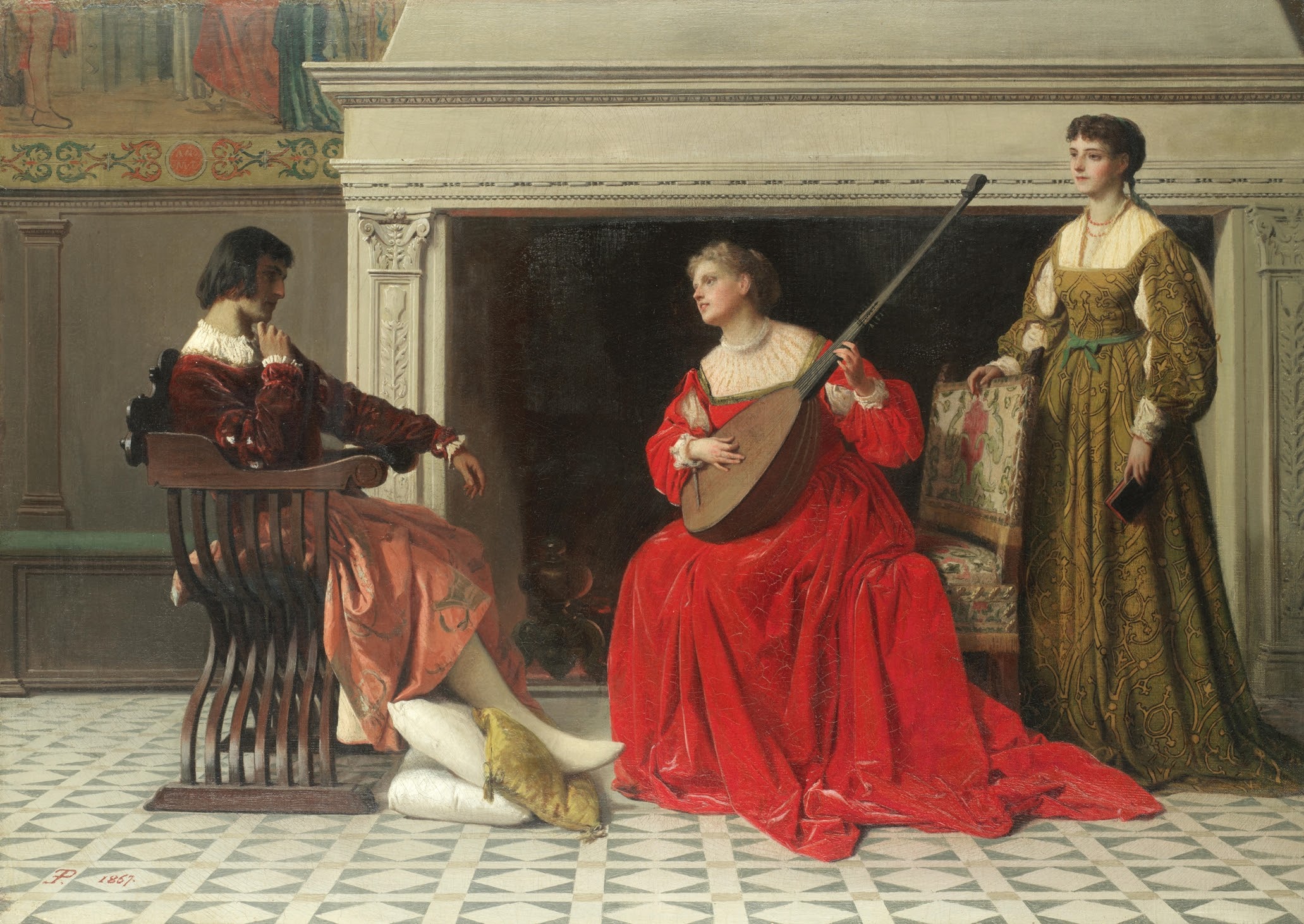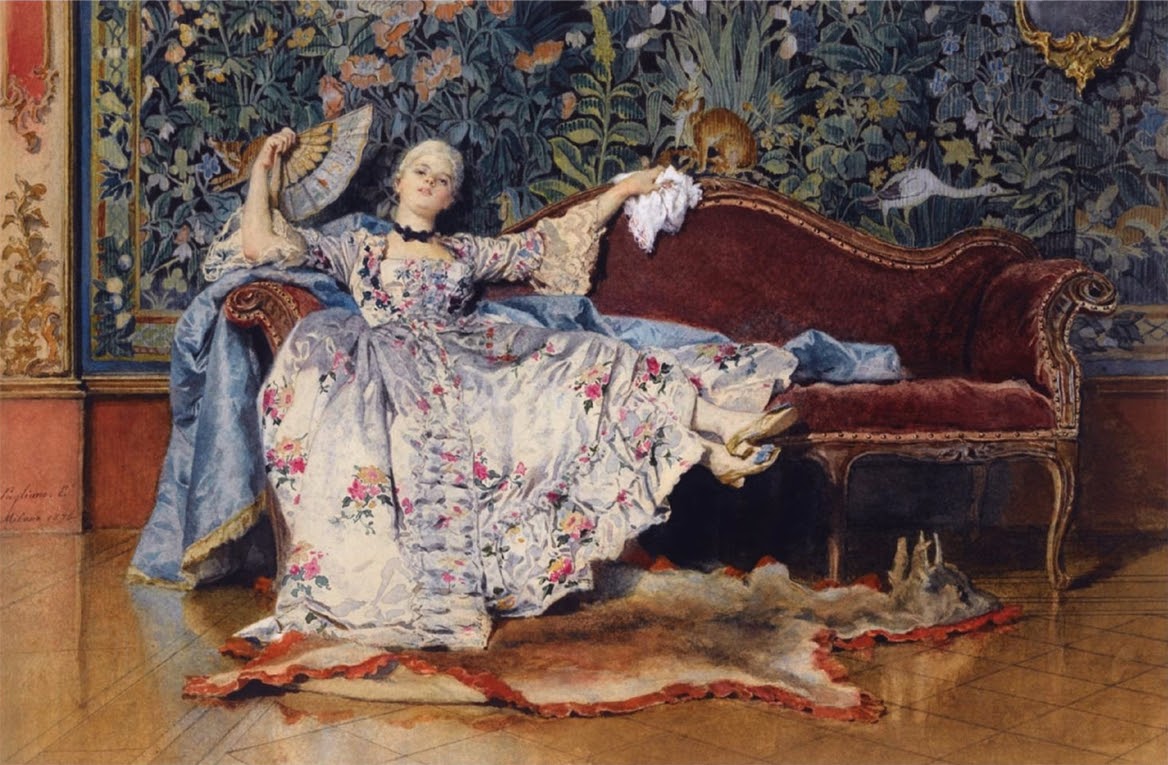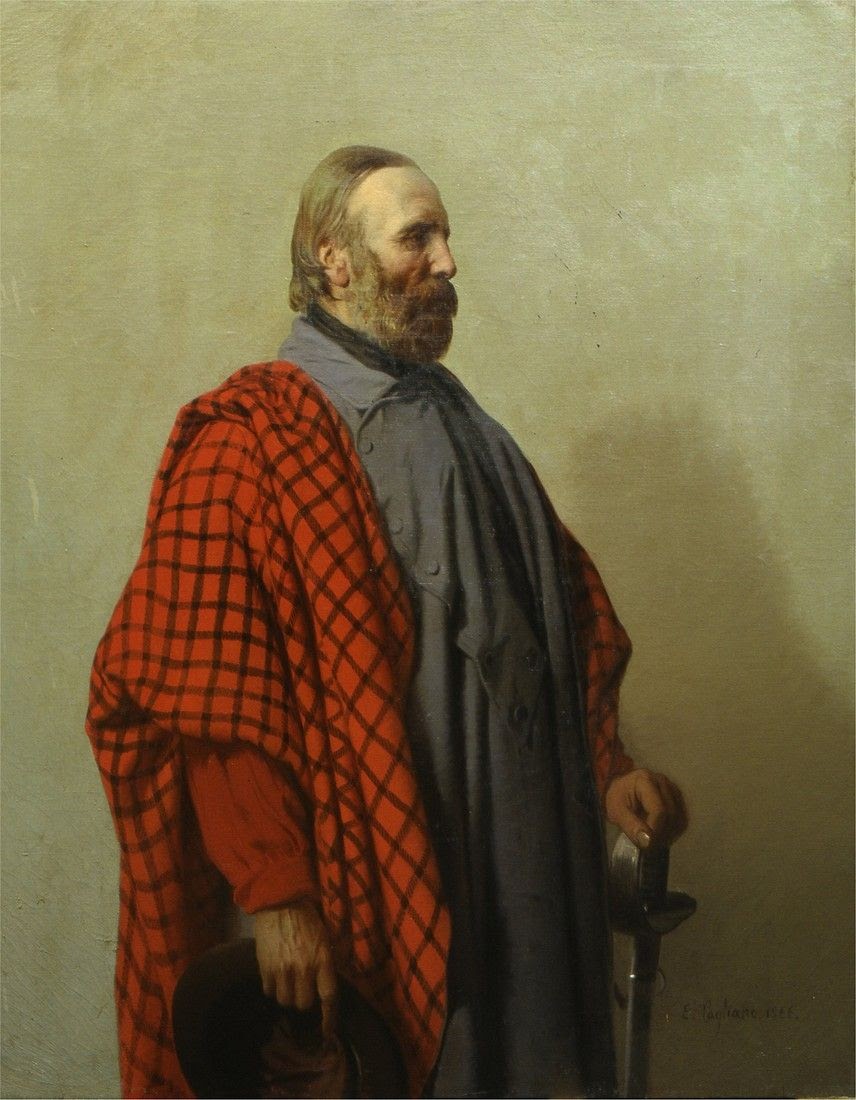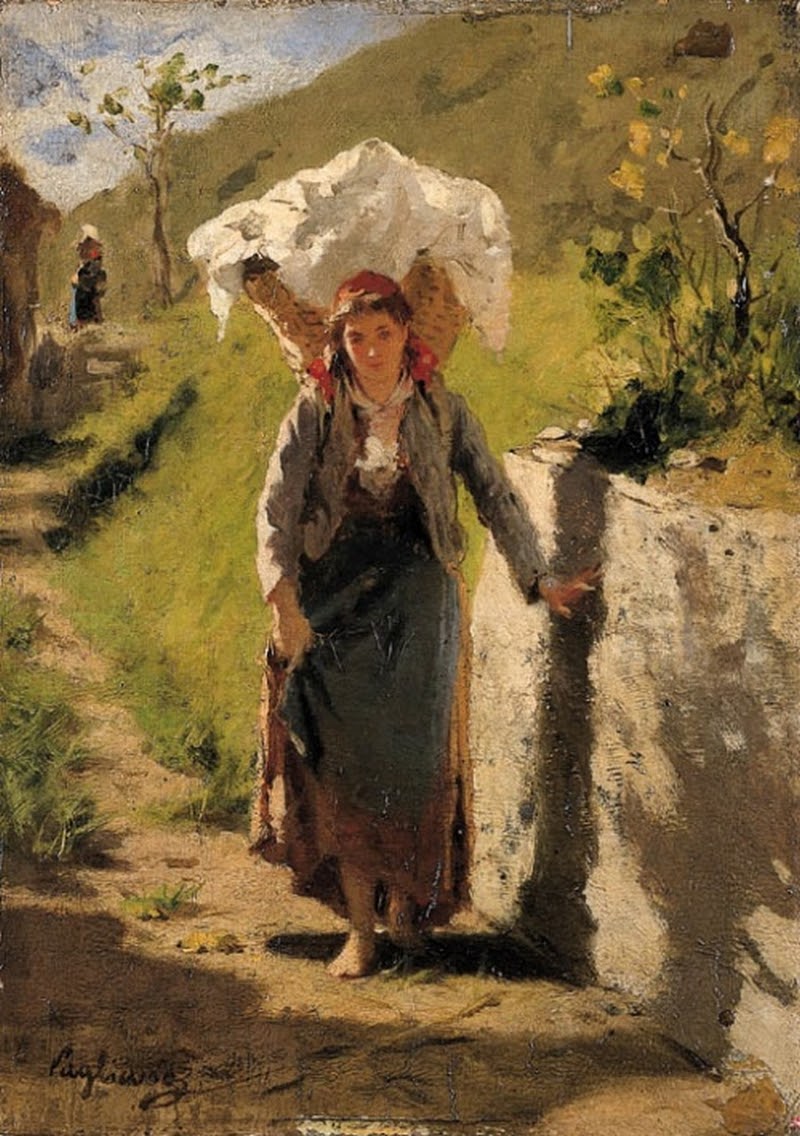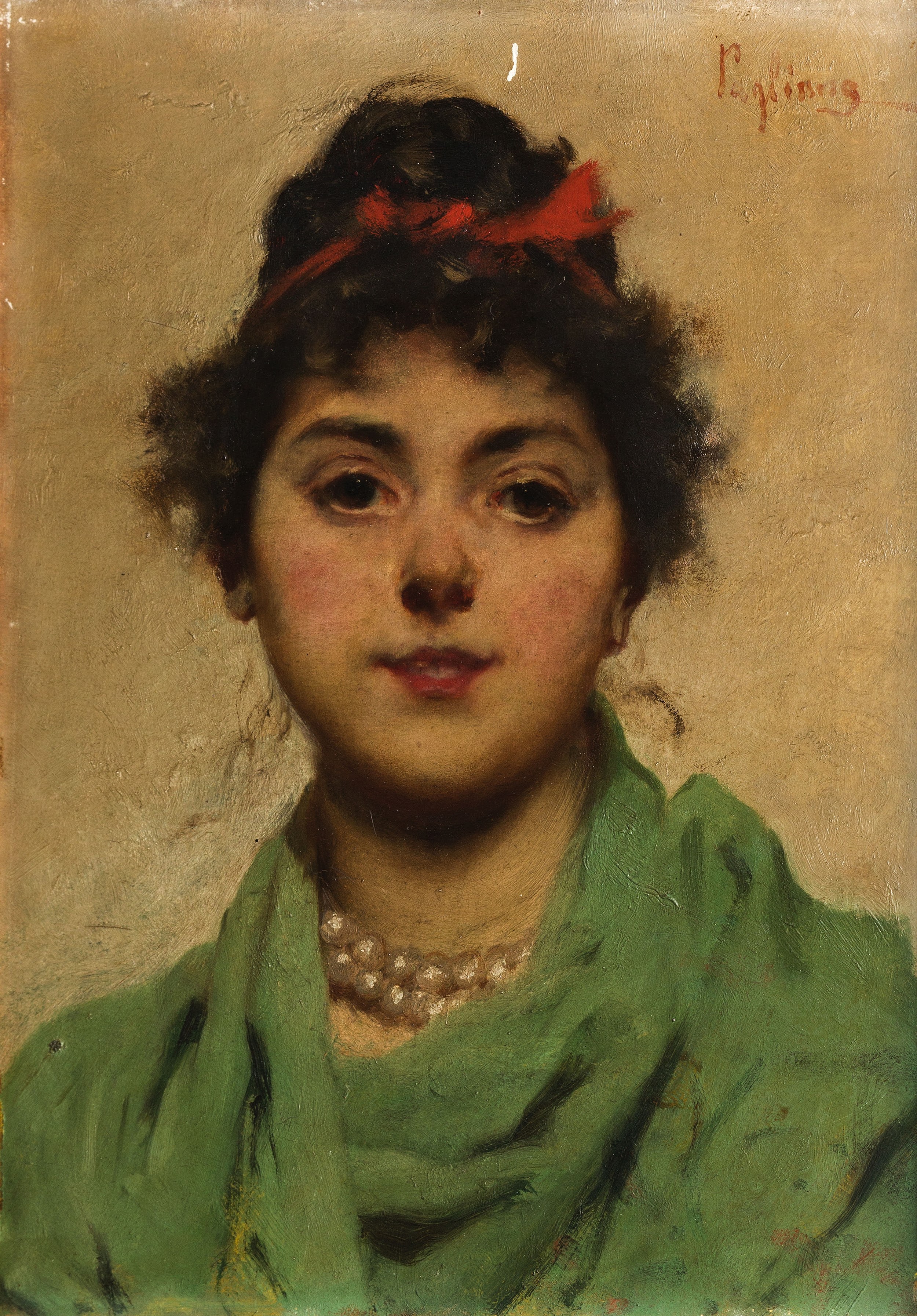Embark on an intriguing exploration of the captivating odyssey that was Eleuterio Pagliano (2 May 1826 – 5 January 1903), a distinguished Italian maestro whose artistic prowess defined the Romantic era and whose fervent dedication to the Risorgimento movement continues to inspire.

Biographical Insights
Emerging from the heart of Casale Monferrato within the Kingdom of Sardinia, Eleuterio Pagliano embarked on his artistic voyage at the revered Milan Brera Academy during the transformative year of 1848. Guided by the mentorship of Giuseppe Sogni, and subsequently Luigi Sabatelli, Pagliano’s initial artistic endeavors bore the distinctive hallmarks of Neoclassical aesthetics. Yet, the magnetic allure of Romanticism, brilliantly championed by luminaries such as Hayez and Tranquillo Cremona, swiftly captured his creative spirit. This pivotal transition in artistic allegiance finds poignant expression in his evocative portrayal of the profound “Death of Luciano Manara.”
The unwavering fervor of Eleuterio Pagliano for the Risorgimento cause manifested in his unyielding participation in the fervent uprisings against the Austrian stronghold in Milan, etching his name indelibly into the annals of history during the fervid “cinque giornate” of 1848. Aligning his destiny with the ranks of the Bersaglieri di Manara, he gallantly defended the Republic of Rome within the same defining year. Following these stirring chapters, Pagliano’s focus gracefully converged with his artistic pursuits by 1851. The echoes of battle resounded once more in 1859, beckoning him to the heart of Lombardy’s historic battlegrounds.
Resuming his artistic pursuits after these moments of valor, Pagliano’s craftsmanship gave birth to poignant works such as the moving “Presa del cimitero di Solferino,” a testament to his unwavering commitment to the cause. His exceptional masterpiece, “Maramaldo,” garnered well-deserved acclaim and found a place of honor within the collection of the Khedive of Egypt, a testament to its brilliance unveiled during the prestigious Milan Exhibition of 1872. Pagliano’s artistic acumen found further recognition through accolades at exhibitions in Parma, Turin, and Paris in 1867, along with the coveted gold medal at the esteemed Berlin Exhibition. Noteworthy creations within his illustrious portfolio encompass “La Ragione di Stato” (Reasons of State), “The Divorce of Napoleon I,” “Tintoretto paints his dead daughter’s portrait,” “L’inventario” (The inventory), “La lezione di geografia” (Geography Lesson), “San Luigi,” and the grand canvas of “Il passaggio del Ticino” (1859), commissioned by Antonio Traversi of Verona. Pagliano’s creative finesse even graced the first-class waiting room of Milan’s bustling train station, where his grand tempera creations adorned the walls. His artistic aura also embellished theaters in Como and Verona. Recognition for his dedication flowed through appointments to the prestigious Order of the Crown of Italy, knighthoods from the Order of Saints Maurizio e Lazzaro and the Legion d’Onore, and the esteemed Commendatore of the Order of the Medjidie bestowed by the rulers of Egypt.
In the ranks of illustrious figures rallying under Garibaldi’s banner, Pagliano found kinship with esteemed painters such as Giuseppe Sogni, Gerolamo Induno, Paolo Calvi, and Sebastiano de Albertis. Pagliano’s artworks, including his evocative portrayal of Garibaldi and the monumental depiction of the “Hunters of the Alps” disembarking at Sesto Calende on the shimmering Lake Maggiore, resonate with his fervent patriotic involvement in the Italian Wars of Independence.
In the twilight of his existence, Eleuterio Pagliano gracefully transitioned into the role of a revered teacher at the esteemed Brera Academy, nurturing and shaping the talents of artists like Pompeo Mariani, Spartaco Vela, and Uberto Dell’Orto. The luminous legacy of this eminent artist lives on, as he breathed his last in Milan at the age of 75. While his artistic strokes may not have stirred the art world’s currents during his lifetime, his stature and reputation experienced a well-deserved ascent following a posthumous exhibition that reverently paid homage to his legacy in the vibrant city of Milan.
Paintings
